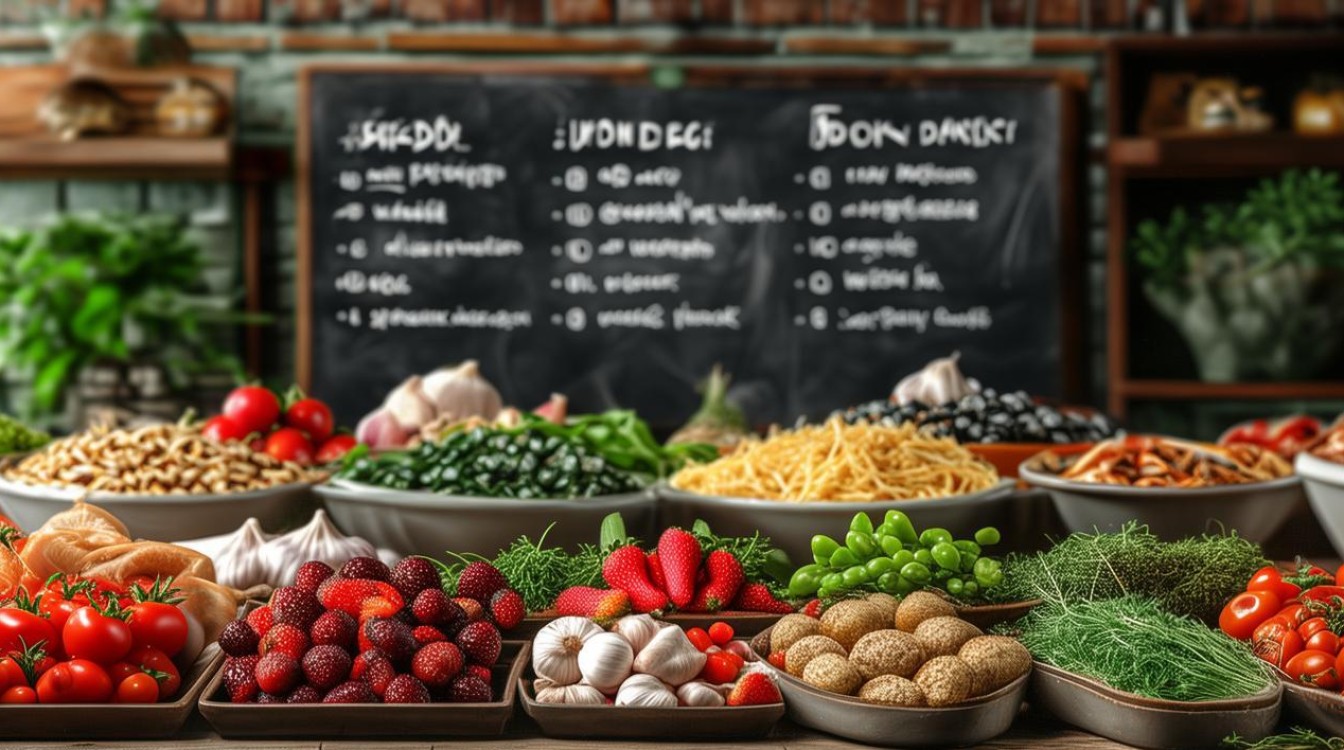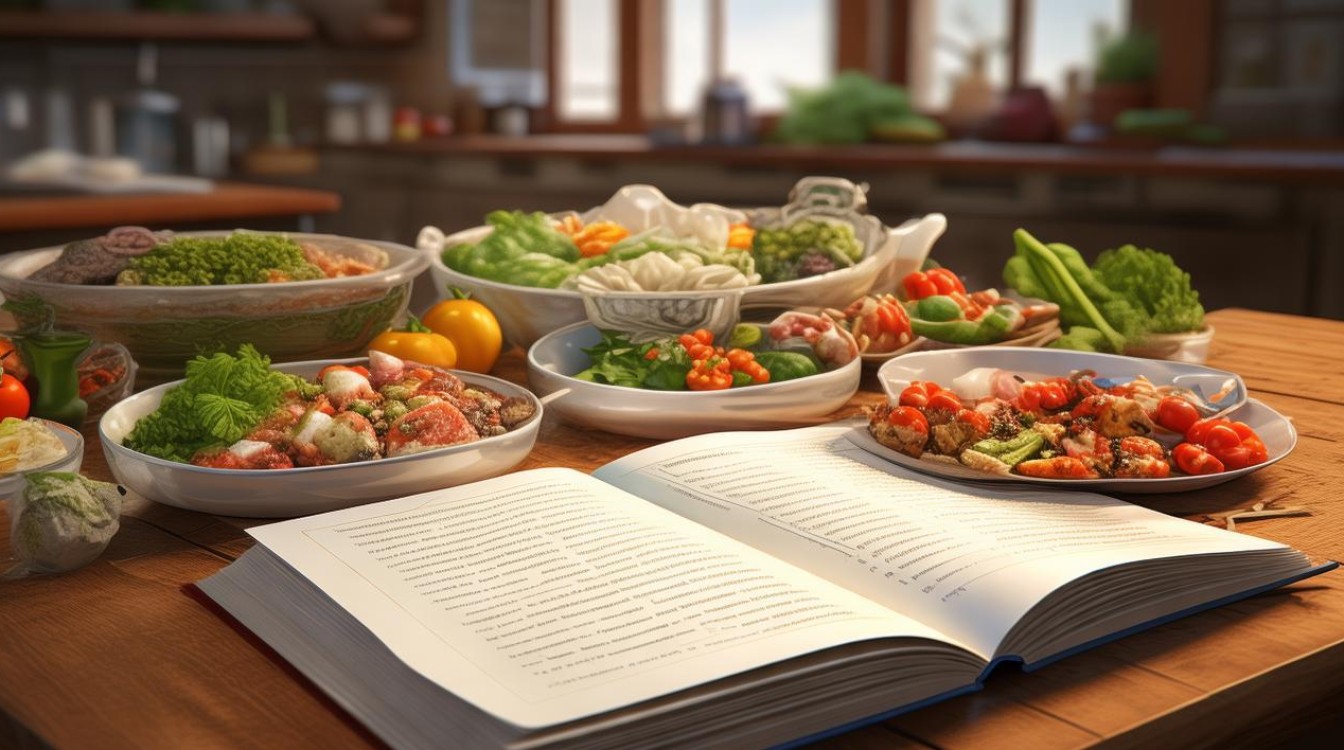Food is a universal language that connects people across cultures. Whether you're a food enthusiast, a culinary student, or simply looking to expand your English vocabulary, knowing the right words can enhance your appreciation of gastronomy. This article presents a rich collection of English terms related to food, categorized for easy learning.

Types of Food
Understanding different food categories helps in describing meals accurately.
- Appetizers (Starters): Small dishes served before the main course (e.g., bruschetta, spring rolls).
- Entrées (Main Courses): The primary dish in a meal (e.g., steak, pasta, curry).
- Desserts: Sweet treats served at the end (e.g., cheesecake, tiramisu).
- Snacks: Light bites between meals (e.g., popcorn, nuts).
- Beverages: Drinks like coffee, tea, or smoothies.
Cooking Methods
Different techniques bring out unique flavors in food.
- Grilling: Cooking over direct heat (e.g., grilled chicken).
- Baking: Using dry heat in an oven (e.g., baked potatoes).
- Sautéing: Quickly frying in a small amount of oil (e.g., sautéed vegetables).
- Steaming: Cooking with vapor from boiling water (e.g., steamed dumplings).
- Roasting: Slow-cooking in an oven for rich flavor (e.g., roasted turkey).
Food Textures and Flavors
Describing how food feels and tastes makes conversations more vivid.
- Crunchy: Firm and crisp (e.g., chips, celery).
- Creamy: Smooth and rich (e.g., mashed potatoes, yogurt).
- Spicy: Hot and pungent (e.g., chili peppers, curry).
- Bitter: Sharp, often acquired taste (e.g., dark chocolate, kale).
- Savory (Umami): Meaty or brothy flavor (e.g., mushrooms, soy sauce).
Utensils and Kitchen Tools
Knowing the right terms helps in following recipes accurately.

- Whisk: A tool for beating eggs or cream.
- Colander: A bowl with holes for draining pasta.
- Peeler: A device to remove vegetable skins.
- Spatula: A flat tool for flipping food.
- Mortar and Pestle: Used for grinding spices.
Dining and Restaurant Terms
When eating out, these words come in handy.
- À la carte: Ordering individual dishes rather than a set menu.
- Buffet: Self-service meal with multiple options.
- Gourmet: High-quality, refined food.
- Vegan: Food free from animal products.
- Gluten-free: Excludes wheat-based ingredients.
International Cuisine Words
Exploring global flavors introduces exciting terms.
- Sushi (Japanese): Vinegared rice with seafood or vegetables.
- Taco (Mexican): Folded tortilla with fillings.
- Paella (Spanish): Saffron-infused rice dish.
- Croissant (French): Flaky, buttery pastry.
- Dim Sum (Chinese): Small steamed or fried dishes.
Food-Related Idioms
English speakers often use food expressions metaphorically.
- "Piece of cake" – Something very easy.
- "Spill the beans" – Reveal a secret.
- "Bring home the bacon" – Earn a living.
- "In a pickle" – In a difficult situation.
- "Cool as a cucumber" – Very calm.
Health and Nutrition Terms
For those mindful of eating habits.

- Organic: Grown without synthetic pesticides.
- Probiotics: Beneficial bacteria for gut health.
- Antioxidants: Compounds that fight cell damage.
- Hydration: Maintaining proper water intake.
- Superfoods: Nutrient-rich foods like blueberries or quinoa.
Food Presentation Terms
How food looks matters just as much as taste.
- Garnish: Decorative elements like herbs or edible flowers.
- Plating: Arranging food attractively on a dish.
- Drizzle: Lightly pouring sauce in a thin stream.
- Stacking: Layering ingredients for height.
- Sous Vide: Precision cooking for perfect texture.
Food Industry and Trends
Staying updated with culinary developments.
- Farm-to-table: Sourcing ingredients locally.
- Plant-based: Diets focusing on vegetables and alternatives.
- Fusion cuisine: Blending multiple culinary traditions.
- Molecular gastronomy: Scientific cooking techniques.
- Sustainable eating: Environmentally conscious food choices.
Mastering these terms not only improves English fluency but also deepens the enjoyment of food culture. Whether discussing recipes, dining out, or exploring new cuisines, a strong food vocabulary makes every culinary experience richer.
The world of food is vast and endlessly fascinating—learning its language opens doors to new flavors, traditions, and conversations.




